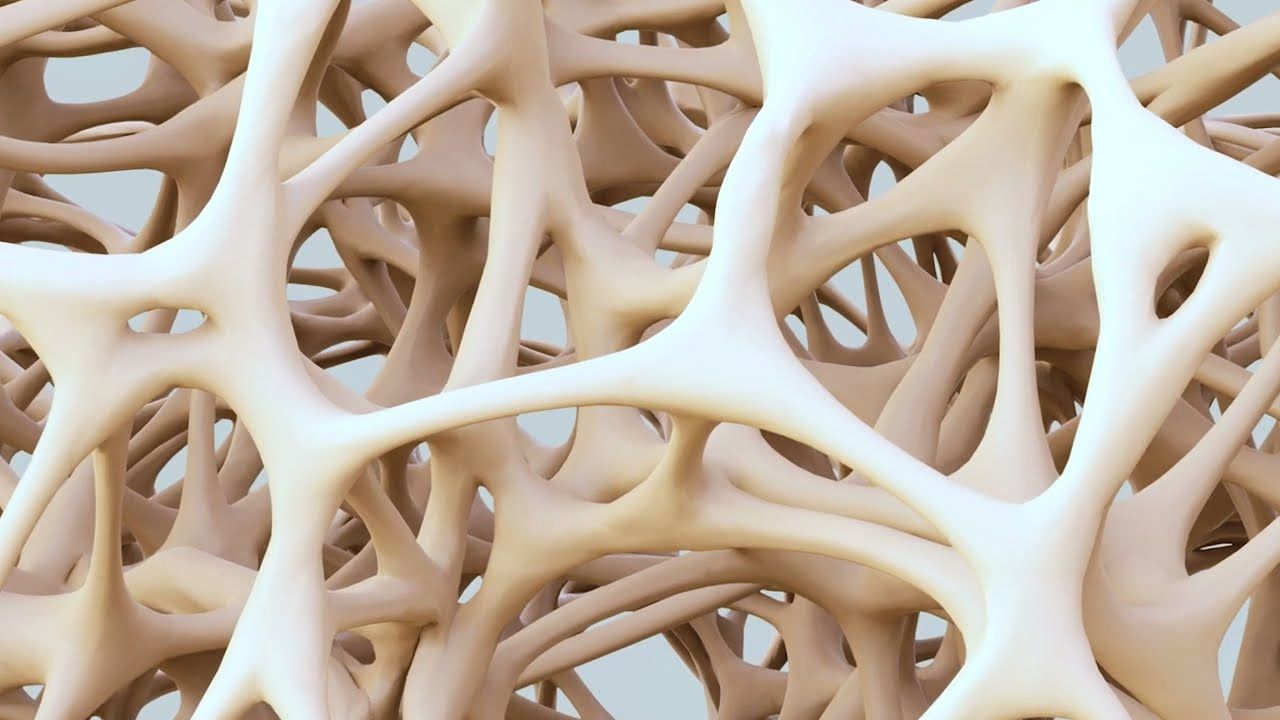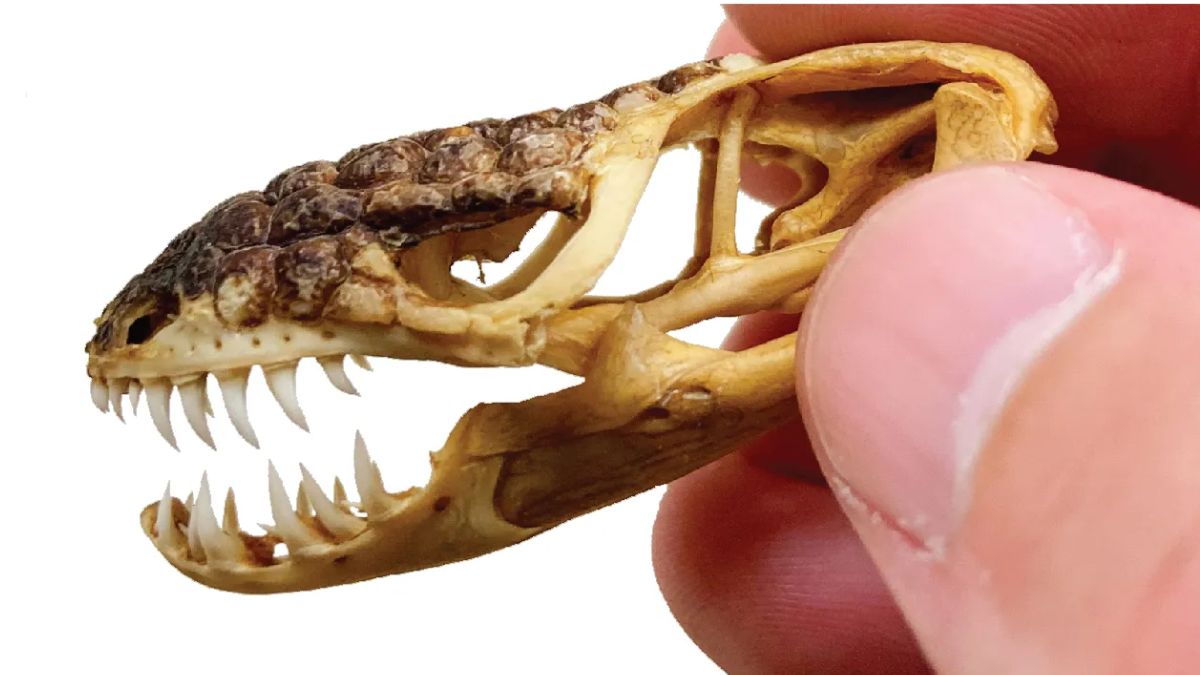A new line of research could reshape how doctors treat osteoporosis, the bone-weakening disease that affects millions of people worldwide. Scientists at the University of Leipzig in Germany and Shandong University in China have identified a receptor that acts like a biological “switch” for bone strength — and they’ve already found a compound that flips it on.
The Receptor at the Center: GPR133
The team focused on GPR133 (ADGRD1), a receptor found in osteoblasts — the cells responsible for building bone. Genetic studies had already linked variations in the GPR133 gene to bone density. What wasn’t clear until now was just how crucial the protein was for keeping bones strong.
To test it, researchers engineered mice that lacked the receptor. The result: animals with weak, brittle bones resembling osteoporosis. But when they introduced a compound called AP503, designed to stimulate GPR133, something striking happened — bones became stronger and denser, even in mice with osteoporosis-like conditions.
Read Also- Confirmed – First Animal on Earth Found That Lives Without Oxygen, Stunning Scientists
“Using the substance AP503, which was only recently identified via a computer-assisted screen as a stimulator of GPR133, we were able to significantly increase bone strength in both healthy and osteoporotic mice,” said Ines Liebscher, a biochemist at Leipzig.
How the “On Switch” Works
AP503 essentially turns GPR133 into a green light for osteoblasts. The cells ramp up their work, laying down more bone material and improving structure. Researchers also found that when combined with exercise, the effect was amplified — suggesting a possible dual strategy of medication plus physical activity in future therapies.
“If this receptor is impaired by genetic changes, mice show signs of loss of bone density at an early age – similar to osteoporosis in humans,” Liebscher explained.
Why This Matters for Human Health
Today’s osteoporosis treatments focus on slowing bone loss, not restoring strength. Drugs like bisphosphonates and hormone therapies can reduce fracture risks, but they often come with side effects and may lose effectiveness over time.
Targeting GPR133 could mark a major shift. Instead of just slowing decline, doctors might one day use compounds like AP503 to rebuild bone strength, especially for:
- Postmenopausal women, who face the steepest drop in bone density.
- Elderly patients with already weakened bones.
- People at risk of fractures due to genetics or chronic illness.
“The newly demonstrated parallel strengthening of bone once again highlights the great potential this receptor holds for medical applications in an aging population,” said Juliane Lehmann, a molecular biologist at Leipzig.
Next Steps
So far, the work has only been done in animal models. The challenge now is translating it into safe, effective treatments for humans. Clinical trials would need to confirm that AP503 (or a similar compound) can strengthen bones without triggering harmful side effects.
If successful, this research could open a new era in bone medicine — one that focuses not just on preventing osteoporosis from getting worse, but on reversing it altogether.
FAQs:
What is osteoporosis?
A disease where bones become fragile and more likely to break, often due to age, menopause, or hormonal changes.
What makes this discovery important?
It identifies a receptor, GPR133, that directly controls bone-building cells, offering a new therapeutic target.
What is AP503?
A newly discovered compound that stimulates GPR133, helping osteoblasts produce stronger bone.




















